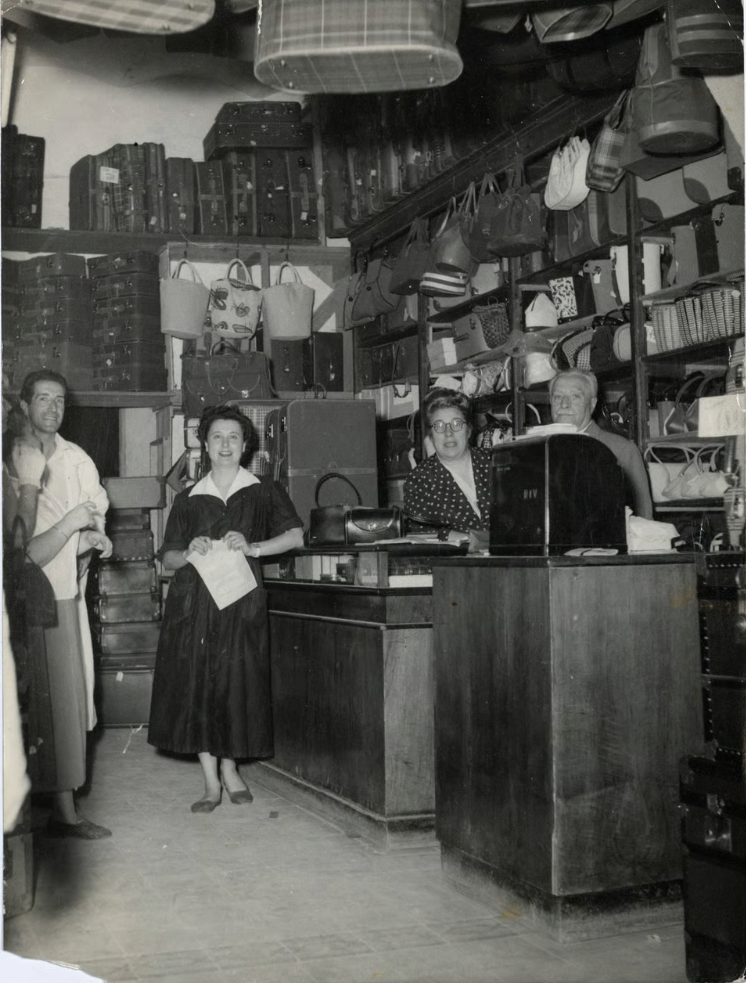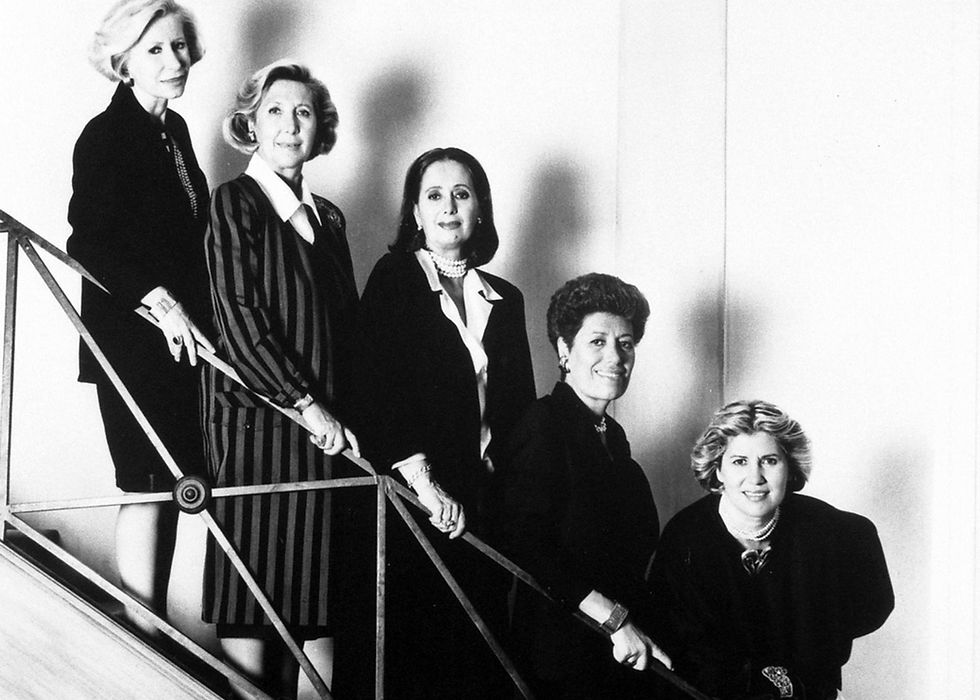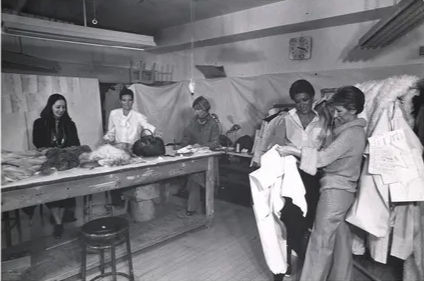The History of Fendi: From Roman Roots to Global Luxury
- Margareth
- Jul 29
- 3 min read
This year marks the 100th anniversary of the historic Roman brand. Let's look back at the House's most memorable moments across the decades.

Humble Beginnings in Rome (1925)
Fendi’s story begins in 1925, when Adele and Edoardo Fendi opened a small boutique and leather workshop in Rome. Specialising in high-quality handbags and furs, the shop quickly gained attention for its exceptional craftsmanship. It wasn't long before Fendi became a trusted name among Roman aristocrats and fashion insiders.




The Fendi Sisters & a Family Legacy
After World War II, the founders' five daughters—Paola, Anna, Franca, Carla, and Alda—took the reins of the family business. Their collaboration brought modern energy to the brand, setting the stage for global success. But the real turning point came in 1965, when a young designer named Karl Lagerfeld joined Fendi.






Karl Lagerfeld & the “Fun Fur” Revolution
Lagerfeld didn't just design for Fendi—he transformed it. His creative direction reimagined fur as playful, light, and bold. He also created the iconic “FF” logo, standing for “Fun Fur.” This monogram became a hallmark of the brand’s daring approach to luxury.
His influence helped Fendi stand out in the competitive world of high fashion, bridging tradition with modern flair.


By the 1970s and 1980s, Fendi expanded beyond fur and handbags into ready-to-wear fashion, accessories, and shoes. Its pieces were seen on runways and red carpets around the world. Yet despite this global growth, Fendi remained deeply rooted in its Roman heritage, with the Fendi sisters still involved in decision-making.

The Baguette: A Cultural Icon
In 1997, Silvia Venturini Fendi, part of the third generation, designed the legendary Baguette bag. Small, stylish, and unmistakably chic, it became one of the first true "It bags.” Seen on celebrities and in hit shows like Sex and the City, the Baguette catapulted Fendi into pop culture fame.
In 2001, LVMH (Moët Hennessy Louis Vuitton) acquired a controlling stake in Fendi, providing resources for global expansion. The move allowed Fendi to open flagship stores in New York, Paris, Tokyo, and beyond, while continuing to innovate in fur, fashion, and accessories.
Despite the shift in ownership, Fendi retained its Roman soul and family touch.


Modern Era: Honouring Legacy, Embracing the Future
Karl Lagerfeld remained Fendi’s creative force for an unprecedented 54 years, until his passing in 2019. Today, Kim Jones leads womenswear design, while Silvia Venturini Fendi continues to shape menswear and accessories.
From its artisanal roots to its status as a global luxury icon, Fendi's story is one of bold reinvention, timeless elegance, and deep family values.










Comments